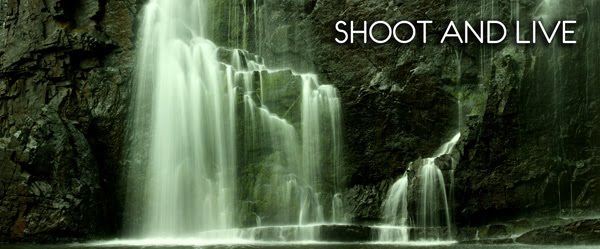ISO is purely a measure of how sensitive the digital sensor is to light. An ISO of 200 will make the sensor twice as sensitive to light as ISO100. The trade-off, however, is higher noise - graininess in the photo.
Most modern digital SLRs are great up to about ISO1000, and still fairly useable up to 3200.
When shutter speed is important, the ISO setting is very important, as it will help gain either a faster or slower shutter speed.
It is common practice to aim for an ISO of 100-200, however with modern DSLRs being quite clean up to 1000+, you shouldn't be too worried about it. I am usually at around ISO400 for everyday snaps, and will go up and down depending on the situation and amount of light around.
For example, shooting sport usually requires a high ISO. This will ensure that the sensor is quite sensitive to the light coming through the lens, meaning that the shutter can be open for a shorter time, freezing the action. This is a photo of a swimmer, swimming indoors, at ISO1600. The photo is quite clean:

If shutter speed is not important, usually if it's quite bright, or you are using a tripod, ISO100 and 200 are definitely the best option to ensure clean photos.
ISO doesn't affect a photo nearly as much as aperture or shutter speed, so it's not a bad thing to have it set on auto - however the more control you have over the camera, the better your photos will be.
Try out the effects of ISO by shooting on P (program auto) mode. See what shutter speeds and apertures the camera chooses when you manually change the ISO from 100 to 200 to 400 and etc.
Good Luck!
Cheers
Tal

No comments:
Post a Comment